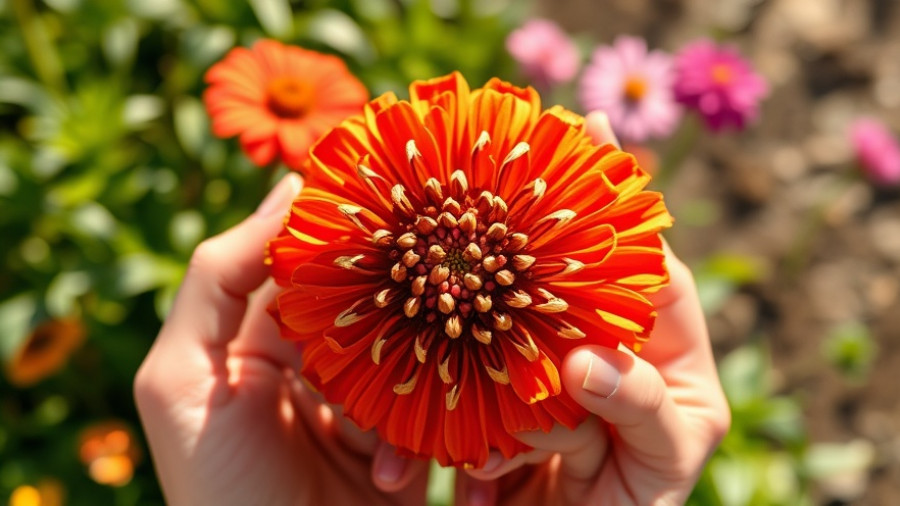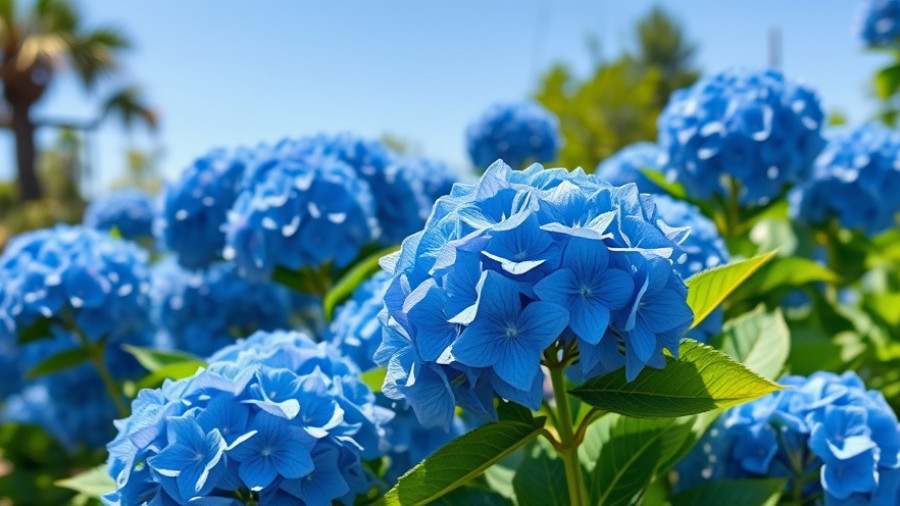
Understanding the Nature of Powdery Mildew on Maple Leaves
Powdery mildew is a common fungal condition that plagues many outdoor enthusiasts, especially those with vibrant gardens. Picture a serene evening stroll beneath the expansive canopies of bigleaf maple trees in Oregon. Unfortunately, this picturesque setting can quickly be disrupted by the appearance of white, powdery spots on the leaves. This fungal growth thrives in humid conditions, typically surfacing late in the growing season when our beloved maple trees start their transition to fall.
The Impact: Why Powdery Mildew Matters
At first glance, the appearance of powdery mildew is alarming for any gardener. Its unsightly nature may cause immediate concern, but it’s vital to understand that powdery mildew, though frustrating, rarely spells doom for maple trees. Typically emerging in late summer, this fungus utilizes the warm, humid environment to thrive, but its presence does not equate to a death sentence for your trees. Most maple species shed their leaves in the fall, regrowing fresh new foliage by spring that is free from mildew. The broader message here remains: your outdoor space will flourish again.
Effective Strategies for Managing Powdery Mildew
Once powdery mildew makes its presence known, it can be challenging to eradicate completely. Here are actionable strategies to help manage it effectively:
- Trim Infected Leaves: Start by removing leaves that have been affected. This prevents the spores from spreading to other parts of the tree. Regular maintenance is key here—keep an eye on your foliage and be diligent about removing any infected areas.
- Optimize Watering Practices: Water can be a double-edged sword. While it washes away some spores, it can also aggregate humidity, creating the perfect breeding ground for powdery mildew. Watering early in the day allows foliage to dry before evening temperatures drop, which can help mitigate humidity levels around your trees.
- Promote Airflow: Keeping foliage healthy starts with proper spacings, such as not overcrowding. Dense clusters of leaves can trap moisture and humidity, creating an ideal environment for mildew growth. Consider the placement of your trees and shrubs to encourage robust airflow.
Long-Term Prevention Techniques
Preventative measures are vital to combatting powdery mildew before it arises. Implementing sustainable gardening practices is not just beneficial for your trees but enhances the overall ecosystem of your yard:
- Choose Resistant Varieties: Educate yourself on maple tree varieties that are less susceptible to powdery mildew. Selecting these cultivars can lead to a more sustainable landscape.
- Mulching: Applying mulch helps regulate soil moisture and temperature, which can create less favorable conditions for fungal growth while also providing nutrients to your plants.
- Fungicidal Treatments: Consider using eco-friendly fungicides as a last resort if infestations occur. Ensure that any products used are safe for both your trees and beneficial insects in your garden.
Community Connection: Sharing Experiences
Engaging with fellow gardening enthusiasts in your community can be motivational and educational. Sharing experiences and solutions to combating pests, diseases, and the inevitable challenges of gardening fosters a sense of camaraderie. Local gardening clubs or online forums can provide mutual support and knowledge. Additionally, your local gardening store can recommend specific tools and products to help combat powdery mildew, providing essential resources for success in your gardening endeavors.
The Takeaway: Embrace the Journey of Gardening
Though powdery mildew can be an annoyance, it's part of the relationship between gardener and nature. Learning how to effectively manage it allows for growth—not just in your plants but in your gardening skills and understanding of the ecosystems at play. So, as you tackle the challenges that come with maintaining your maple trees and other plants, remember that every challenge is an opportunity to learn.
As you plan your next backyard makeover or design that dream outdoor kitchen, consider integrating robust, healthy plants that will thrive, resist diseases, and beautify your space. Your maples, with a bit of extra care, will provide lovely canopy cover for your outdoor gatherings for years to come!
 Add Row
Add Row  Add
Add 




Write A Comment